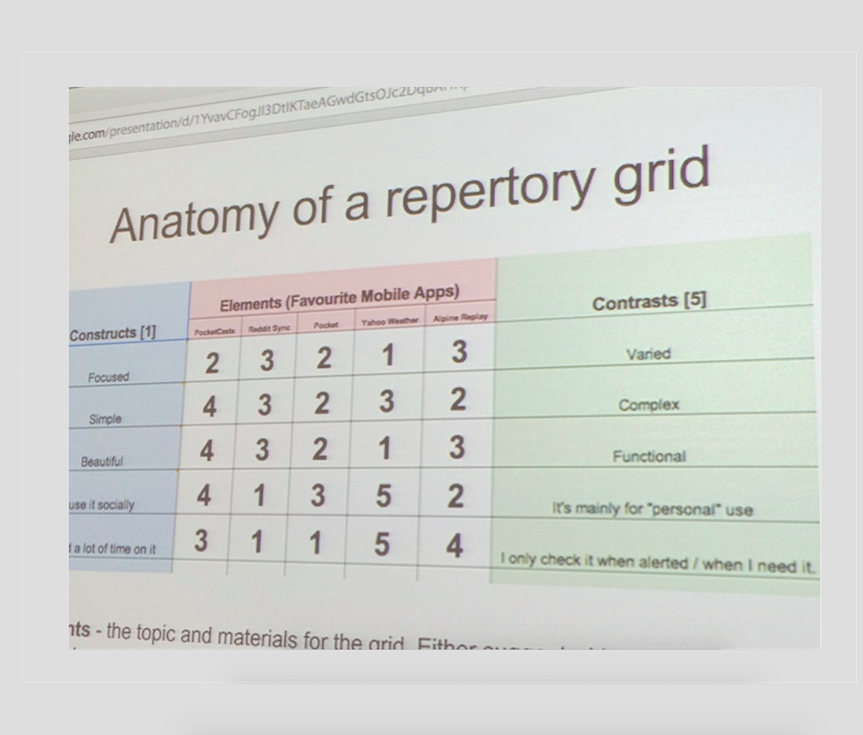Use of Personas in usability testing for academic libraries
As academic libraries move toward a more user-oriented approach, they are implementing various ways to test usability and user experience (Tempelman-Kluit, N., & Pearce, A., 2014). One that caught my eye was the use of personas. Personas are prototypes of actual users, developed through multiple means of research including interviews and surveys. The use of […]
Use of Personas in usability testing for academic libraries Read More »
